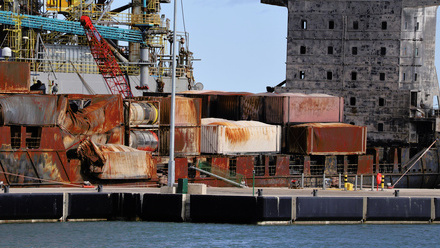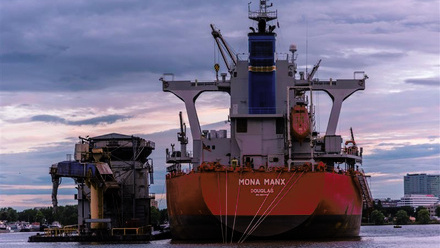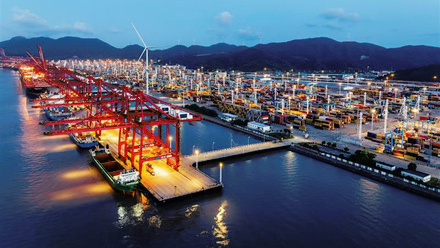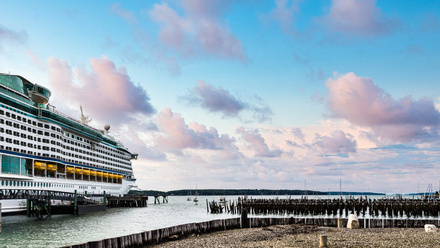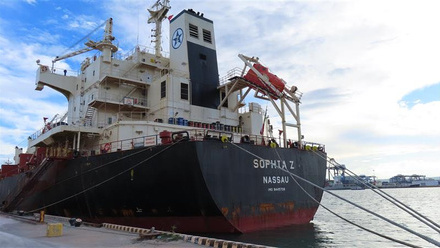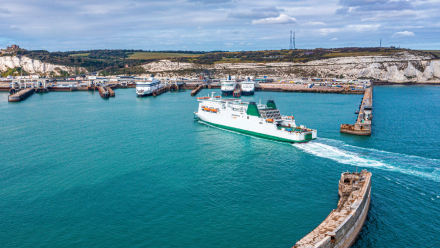Inland boating boom prompts safety concerns
Owning and living on boats has never been more popular – but safety issues and owners’ inexperience are causing some concern.
The lockdown years prompted some sudden changes in behaviour. Remote working became the default in many businesses, suddenly everyone had a dog, and people went mad for sourdough and sea shanties. Another unexpected by-product was a surge in boat purchases, often by people who were not only new to boating, but also intended to live upon their new floating asset.
“After the first lockdown, a lot of people wanted to make a change in their lifestyle. Perhaps they’d separated from a partner and needed somewhere to live, or they felt it was now or never to fulfil a dream,” says Tom Keeling, a chartered marine engineer and accredited inland waterways marine surveyor and boat safety examiner. Keeling, a member of IMarEST’s Small Ships Group (SSG) says there are about 80,00 vessels on inland waterways, 28% of which are live aboard, with numbers growing all the time.
“These numbers are likely an underestimate, because there will be some people who don’t admit to living on board, perhaps for personal reasons or tax reasons,” he says. “What we do know is that this demographic change, with more people and more inexperienced people, means the risk profile has also changed.”
For Keeling, one of the threats that needs to be studied and addressed is the risks from LPG as a domestic fuel on inland waterways boats. He completed a Master’s degree at MLA College in Plymouth looking at the issue, and recently shared his findings with the SSG.
Many incidents go unreported because they are fixed by boatowners, he says, while other safety issues, such as gas leaks, are also rarely detected until there is a noticeable problem.
“Most people tend to know about acute exposure to carbon monoxide, such as headaches, nausea, vomiting, dizziness,” he said. “But there’s very little awareness or research into long-term, low-level exposure to carbon monoxide, which might have no initial symptoms but results in neurological conditions 20-30 years down the line.”
His research reviewed key elements of gas safety, while linking design, commissioning and maintenance together as crucial factors to gas system success. “There’s very poor uptake in boat maintenance, and many of the boats bought after lockdown were not surveyed,” he says. “We really need to get more information out to consumers.”
It’s not just LPG heating that has the SSG concerned. Keeling says an influx of cheap heaters imported from China may not meet the strict safety standards of more expensive regulated products, while the growing urge to live off-grid, using an array of lithium batteries and solar panels to power domestic onboard systems, can see boaters cobble together their own modular power systems using common parts bought off Amazon and inspiration from YouTube videos.
“There might be people using lithium batteries that are unsuitable for this environment,” he says, pointing out that lithium batteries in electric vehicles have already caused problems for shipping. “The technology is emerging and accelerating quicker than the industry has time to identify risks and regulate it. The worry is we see an incident of magnitude.”
For anyone interested in this area, he urges them to get involved in the Small Ships Group, which covers all types of vessels, including leisure crafts, yachts, commercial vessels, workboats (large and small), passenger ships, ferries, tugs, military vessels, and others.
“If you spot areas of concern, if you want to influence regulation, then being able to bounce ideas off your colleagues and have the backing of a professional body makes all the difference,” he says.
Find out more about the Small Ships Group (SSG) by visiting the group’s homepage. If you are interested in joining the group, sign into the MyIMarEST member portal and select the group from the list.

